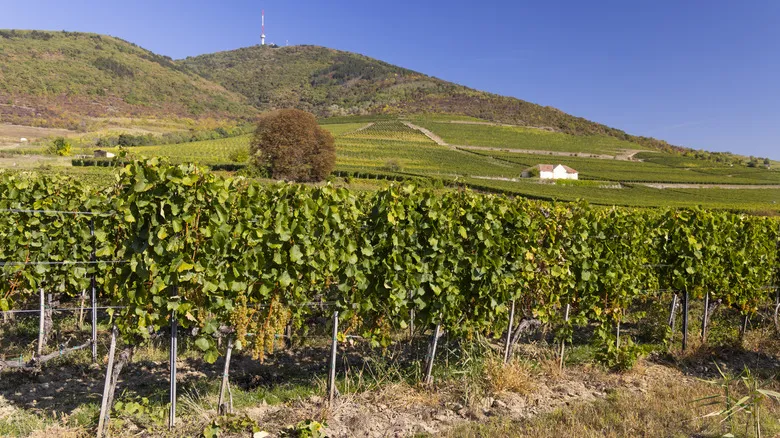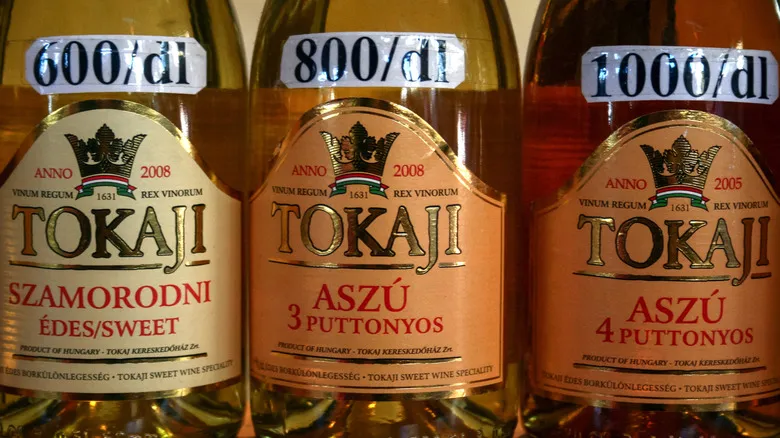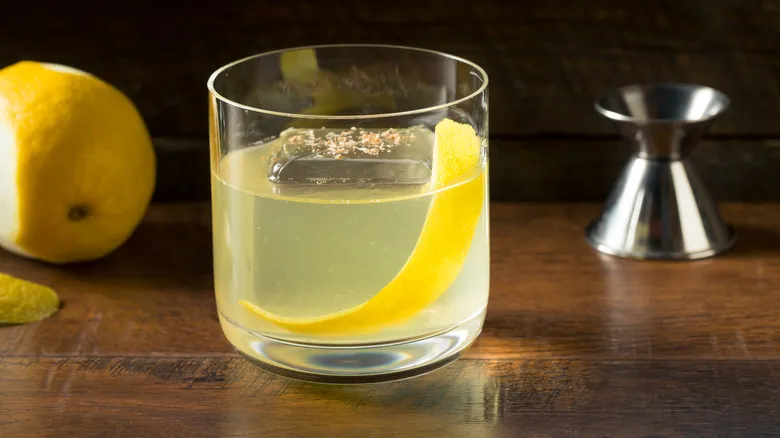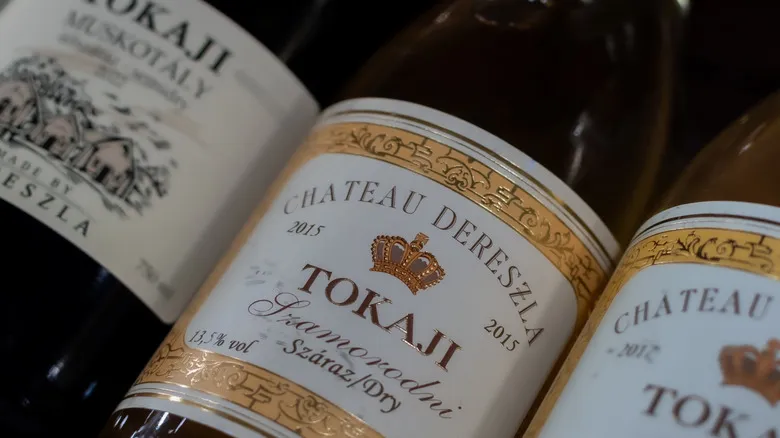Why does Tokaji wine require specific grapes?

Hungarians approach winemaking with great seriousness, resulting in strict regulations regarding the grape varieties used in what King Louis XIV of France referred to as "the wine of kings, and the king of wines." While you can experiment with other grape types, if you intend to sell your wine, you will have to forfeit the Tokaji label—and its associated premium price. The selection of these six grape varieties is based on several key factors.
Primarily, these grapes are native to the region, making them well-suited to the area's continental climate and volcanic soils, which significantly enhance the wines' unique mineral characteristics. Furthermore, all six varieties, to varying degrees, are susceptible to noble rot, or Botrytis cinerea, a fungus that contributes to the wine's signature sweetness. Among them, Furmint and Hárslevel? are the most vulnerable to noble rot, forming the foundation of the Tokaji wine blend.
Additionally, local grape growers have been cultivating these six varieties for over a millennium. Remarkably, by adhering to this traditional approach, vintners have maintained the distinctive character of Tokaji wine throughout the years. This dedication is part of what led to the region being designated as a UNESCO Historic Cultural Landscape.
What goes best with Tokaji?

When you encounter a delightful, topaz-hued blend with a complex array of flavors and various elements contributing to its character, it's only natural to ponder what to pair it with. The enduring and rich sweetness of Tokaji can make it challenging to match with many dishes, as it may overpower them. However, much like Sauternes—a botrytized dessert wine that complements crème brûlée perfectly—Tokaji, with its notes of dried fruit and aromas of saffron and ginger derived from noble rot, also makes an excellent pairing.
You might be excited to discover that Aszú pairs wonderfully with dark chocolate, a rare combination for wines. So, pour yourself a 2-ounce glass chilled to around 57 degrees Fahrenheit and enjoy it alongside a chocolate mousse or a delectable lava cake. Blue cheese is another option worth considering, especially since it is also crafted with mold. Tokaji wine will harmoniously balance the cheese's salty flavor.
While foie gras is banned in many countries, Hungary is not one of them. Perhaps this is because officials recognize how beautifully a glass of Aszú complements this exquisite goose liver delicacy.
Recommended

Why Clarified Cocktails Taste Better Than Usual

The Exact Difference Between A Cocktail And A Mixed Drink

What Does IBU Mean For Beer?

Does Drinking German Beer Actually Cause Fewer Hangovers?
Next up

